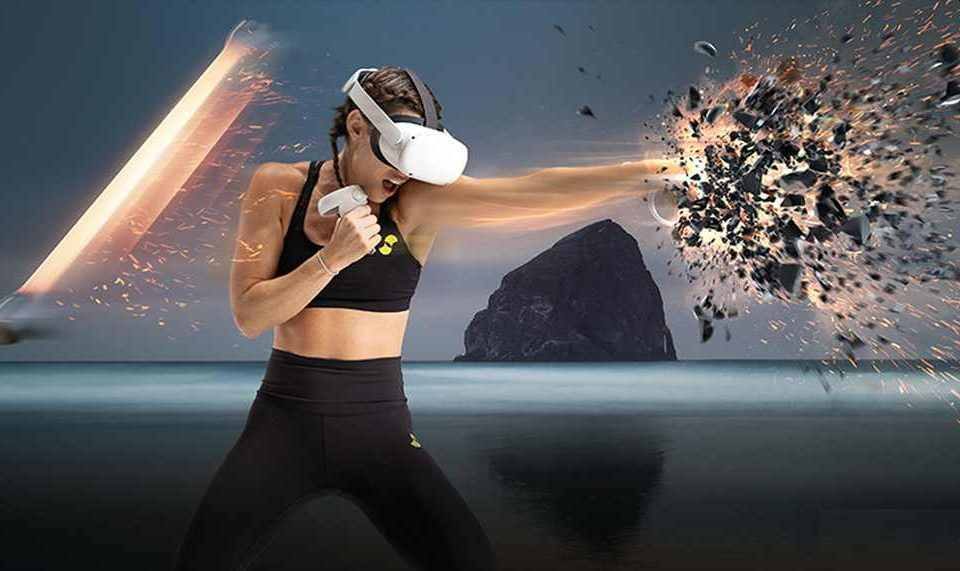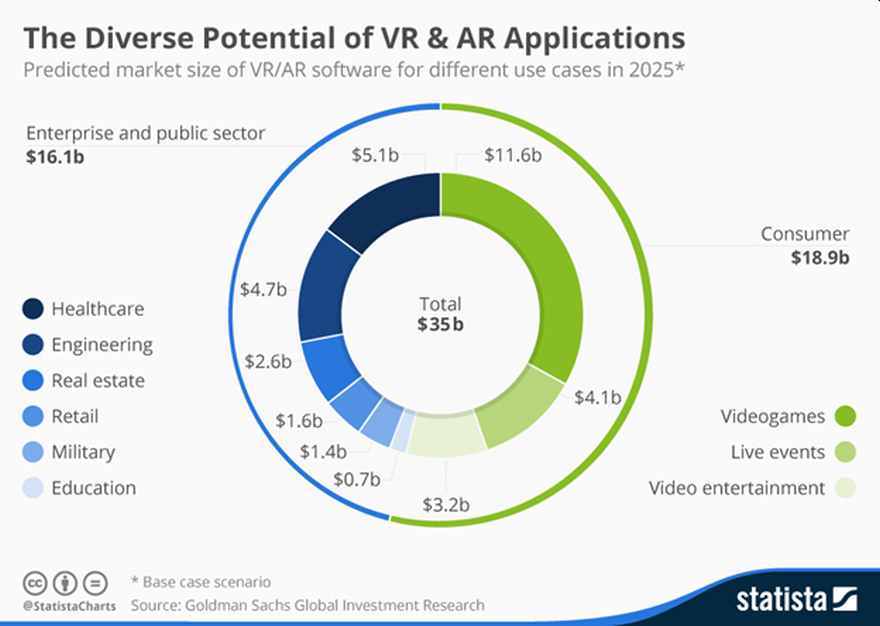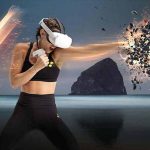A Match Made in Healthcare Heaven: Muscle-Stimulating Electrodes and VR

Investing in a VR headset to recreate the experience of the sci-fi film Ready Player One is the dream of all VR gamers, but imagine having a muscle stimulator built into the technology for a truly immersive experience that emulates the sensation of being in virtual reality without having to splurge on hi-tech.

Image Source: Hackster.io
Muscle stimulation through electrical impulses can be used to map out your body so that when wearing a VR headset and using its controls, you’re getting feedback. This means that as your avatar jumps around or climbs walls in VR, your muscles are also stimulated by impulses to create the feeling and movements of what they would feel like while doing those activities.
That’s what two electro-physiotherapists from Canada, Erich Voigt and Sean MacKenzie, have developed in their lab at Simon Fraser University (SFU). The duo invented the Multisensory Virtual Environment (MVEn), which is a multimodal interface that gives the user a combination of approaching sensations via electrical stimulation of muscles, haptic vibrations and pressure on their head. They also have a virtual reality controller that delivers the sensation of pressure to the user via electrodes in their hand.
The MVEn uses machine learning algorithms to map out your muscles. It’s able to differentiate between the two biceps on your arms using neural networks, for example. It also has a face-sensor that can detect facial expressions, allowing the user to tinker with different emotions in VR. The muscle stimulation module uses an individual’s bicep to determine what muscle tissue they are stimulating. The researchers hope that within five years, commercial products will be available based on their research.
How VR will change the future of healthcare
Stepping into a new world via VR is a welcome development for certain populations who are physically restricted from doing so. For example, people with severe arthritis or Cerebral Palsy have difficulty grasping objects and moving around in their real lives. But if that person could wear a nerve stimulation glove and step into an immersive virtual reality world, the ability to manipulate objects and travel freely would be possible.
The VR industry strives to push the boundaries of technological experiences forward by incorporating sophisticated sensors, haptic feedback and face-tracking to integrate virtual reality with the human body. For example, Neurable’s armband uses electroencephalography (EEG) data to sense how your brain processes information related to hand movements in virtual reality.
The Future of VR and AR
The use of neuromuscular stimulation technology will be crucial in the future of immersive virtual reality and augmented reality experiences, especially in fields like haptic design. The combination of VR and Haptic Design offers a whole new dimension to construct user interactions that are immersive, realistic, natural and intuitive. The use of this technology will allow users to make decisions with less uncertainty, experience more realistic multi-sensory experiences and overcome common barriers associated with a sensory-deprived environment such as physical impairment or lack of mobility.
Labs are developing technologies that make it possible for creators to create fully immersive AR/VR environments using machine learning algorithms to map out the movement of the muscles and sense the presence of objects within virtual environments using our haptics platform. As humans continue to develop new tools and technologies, we will see a significant increase in novel, interactive and highly desirable applications.

(Image Source: Statista)
As technology advances, these kinds of interactions in immersive virtual reality environments will become more commonplace. This is especially true for people with disabilities who face restrictions when interacting with their physical environment. In the future, these disabled individuals may be able to move through a completely new environment that lets them interact and operate with objects however they want in VR.
Numerous VR companies are developing haptic technologies that could help bring the real world into VR. In many cases, these devices will require some kind of nerve stimulation to provide feedback to the user’s hands and arms when they interact with virtual objects. Rumtek Monastery, is one example of this kind of VR-integrated device. It contains a haptic glove that was developed by Huginn and has been used by the Dalai Lama for several years. The monks wear special VR goggles to see and feel everything — even the weather. The uniformed monks can also reach out from their chairs and touch or be touched by visitors seated in other chairs at the monastery.
We are getting closer to a fully immersive and multi-sensory virtual reality. We will soon be able to use haptic VR gloves and VR to map out our bodies and feel what we would feel like doing things, like climbing walls or running through the woods in our games. The ability for people to create their own “personal” worlds as game designers without having to hire programmers will be important for some people who are unable to work with traditional programming languages. The future of VR and muscle stimulating electrodes is still in its infancy but it is only the beginning, but it’s very exciting.

